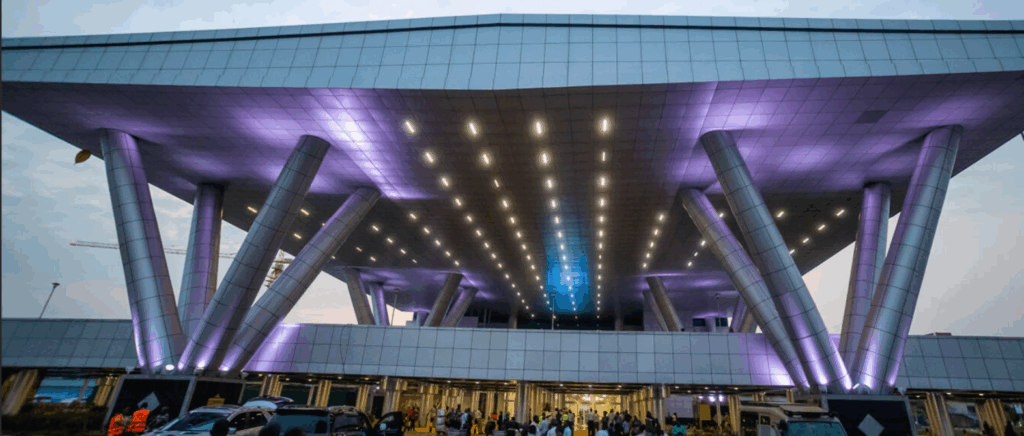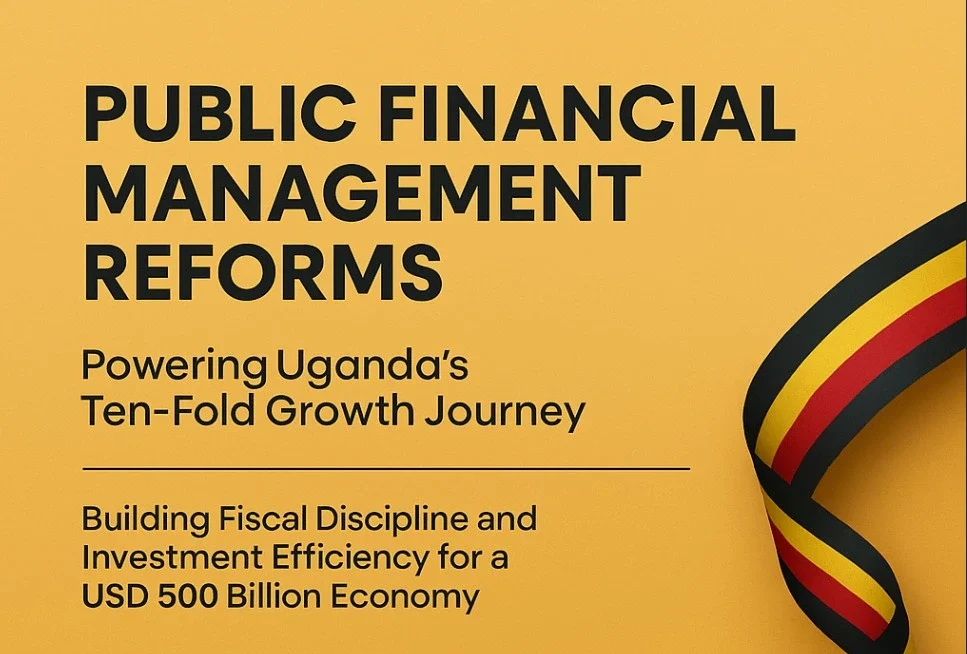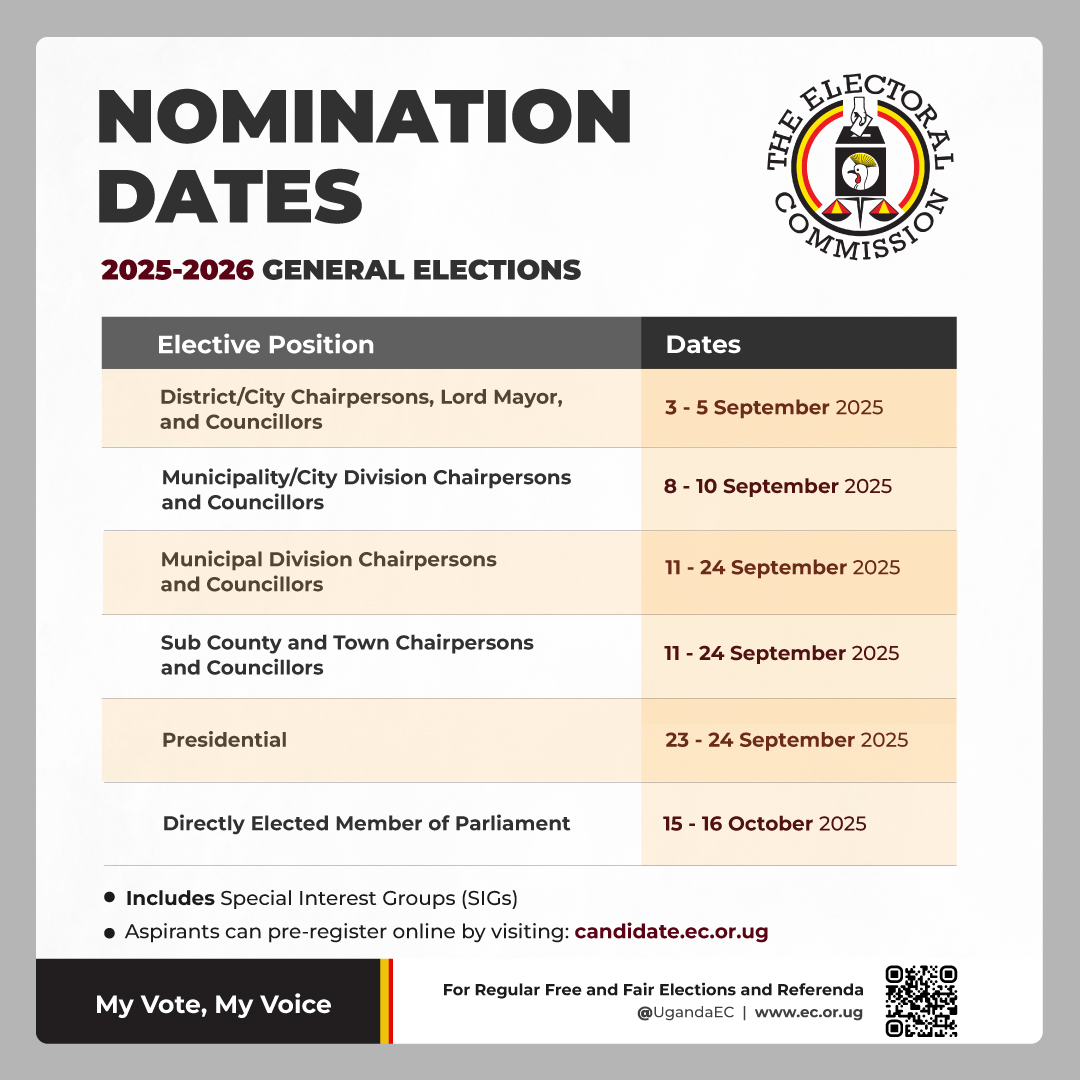A New Era for Tourism: Wildlife and Real Estate in Focus — Lessons from Dubai
Uganda is steadily reclaiming its position as one of Africa’s most compelling tourism destinations. With its extraordinary natural endowments from the snow-capped Rwenzori Mountains and the source of the Nile to the rare mountain gorillas of Bwindi and a rich tapestry of cultures, the country offers experiences that are both diverse and unique. Tourism continues to be one of the most resilient sectors of the economy, contributing significantly to GDP, employment, and foreign exchange, while also serving as a driver for inclusive growth, cultural preservation, and environmental sustainability.
The private sector, through platforms like the Presidential CEO Forum (PCF), has played a crucial role in aligning business strategies with national tourism priorities. Investments in quality service delivery, market-driven solutions, and innovative partnerships have helped elevate Uganda’s tourism offering and respond to the evolving expectations of global travellers.
Yet, while Uganda is making significant strides, the sector is poised for even greater transformation. In 2024, the country welcomed 1,371,895 international visitors, representing a 7.7% growth over the previous year and a return to 89% of pre-pandemic levels, thanks to savvy marketing, strengthened partnerships, and improved infrastructure. Despite this progress, much of Uganda’s tourism remains centered on its natural beauty. Today’s travellers are looking for more than wildlife and scenery, they seek cultural immersion, rural exploration, lifestyle experiences, and innovative hospitality offerings. For Uganda to fully capture its tourism potential, it must expand beyond its natural treasures and create experiences that are as diverse and dynamic as the country itself.

Dubai’s Model: Luxury Real Estate Meets Tourism
Contrast this with Dubai, where tourism and real estate are inextricably entwined. In 2024, Dubai hosted 18.7 million overnight visitors, a 9.1% year-on-year increase underlining its global tourism dominance
Dubai’s tourism boom fuels a dynamic luxury property market. High-end homes continue to sell; 190 properties worth $10M+ changed hands in just six months, totalling $3.2 billion, despite fewer listings. Tourism drives demand for short-term rentals, serviced apartments, and branded residences. Dubai’s economic resilience also stems from sound policies, diversified growth strategies, and infrastructure megaprojects. Investors enjoy perks like tax incentives, long-term visas, and robust urban planning under initiatives like the Dubai 2040 plan.

Can Uganda Bring Real-Estate Tourism Home?
Uganda is standing at the threshold of a new frontier in tourism, one that goes beyond gorilla trekking, wildlife safaris, and scenic wonders. With its temperate climate year-round, the country offers something that few global destinations can claim: a cool, comfortable alternative to hot-weather hubs such as Dubai, where sweltering summers often drive residents and tourists to seek refuge abroad. This natural climatic advantage positions Uganda uniquely as a year-round tourism haven, ripe for investment in real-estate-led tourism.
Why Uganda is Poised for Real-Estate Tourism Growth
Stable, cool climate: With an average annual temperature of around 22–23°C, Uganda provides the perfect conditions for long-term stays. Unlike Gulf states where peak temperatures soar above 40°C, Uganda can brand itself as the “Cool Summer Capital of Africa,” attracting visitors looking for a seasonal escape.
Untapped land and scenic beauty: Uganda’s diverse landscapes from the tranquil shores of Lake Victoria and the rolling hills of Kigezi to the cultural tapestry of Fort Portal open immense opportunities for eco-lodges, lakeside villas, golf & spa resorts, and boutique cultural retreats. These assets remain largely underdeveloped, giving investors a clean canvas for visionary projects.
Community-driven development: The future of tourism lies in authenticity. By engaging local communities in ownership, service delivery, and cultural integration, Uganda can create genuine, experience-rich destinations. This not only enhances visitor satisfaction but also ensures that tourism revenue circulates within local economies, driving inclusive growth.

Strategies for Collaboration with Developers
- Public-Private Partnerships (PPPs): Government incentives e.g., tax breaks or fast-track approvals to attract sustainable tourism developers.
- Eco-sensitized projects: Real estate intertwined with wildlife conservation, cultural immersion, and local business.
- Year-round attractions: Combine experiences, wellness retreats, arts festivals, cultural residencies to complement the relaxed climate.
- Digital platforms & marketing alliances: Develop booking channels for property-tourism packages, highlighting Uganda’s “cool refuge” promise.

While Uganda hasn’t yet replicated Dubai-style property-tourism., models from elsewhere show promise. For instance, Al Marjan Island in UAE saw rental yields of 5–8% and property appreciated by 10–15% annually, thanks to tourism-driven demand and amenities.
Is Uganda Doing Enough?
Uganda is doing relatively well, its tourism is rebounding, and natural assets unmatched. But to truly elevate its global appeal, it must expand beyond nature:
Move from wildlife as the sole attraction to a diversified tourism product with lifestyle, culture, and real-estate offerings. Actively engage developers, both local and international to envision sustainable tourism real estate that complements Uganda’s ethos and climate. Embed innovation and hospitality into development strategies, creating lodging that feels lived-in, locally rooted, and globally attractive.
| Metric | Uganda (2024) | Dubai (2024) |
| International arrivals | 1.37 million | 18.7 million overnight visitors |
| Growth trend | +7.7% year-on-year | +9–9.1% year-on-year |
| Recovery to pre-COVID levels | 89% of 2019 | Exceeded pre-pandemic overall |
| Real-estate tourism model | Limited built offerings | Strong luxury and branded real estate |
Uganda already possesses the foundational elements to attract significant investment in tourism real estate, but strategic adjustments are needed to fully unlock this potential. Leveraging public-private partnerships for tourism precincts, lakefronts, and park-gateway towns can bundle land, infrastructure, and conservation outcomes in a way that attracts long-term investors.
Introducing a structured Tourism Real-Estate Investment Scheme would provide a clear framework for foreign ownership within licensed resort estates, ensuring projects meet sustainability and community-benefit criteria. Complementing this, clarifying fiscal incentives for qualifying projects, ranging from duty relief on construction inputs to accelerated depreciation, can make Uganda an even more attractive destination for tourism developers.
Innovative financing tools such as green bonds and tourism-focused REITs can channel private capital into eco-resorts and heritage rehabilitation projects, supporting both profitability and climate resilience. At the same time, embedding community engagement through revenue-sharing and local equity participation will ensure social license and long-term sustainability, while strengthening the authenticity of Uganda’s tourism experiences.
By aligning policy, finance, and community interests, Uganda can position itself as a global leader in tourism real estate, creating destinations that are economically viable, socially inclusive, and environmentally responsible.




